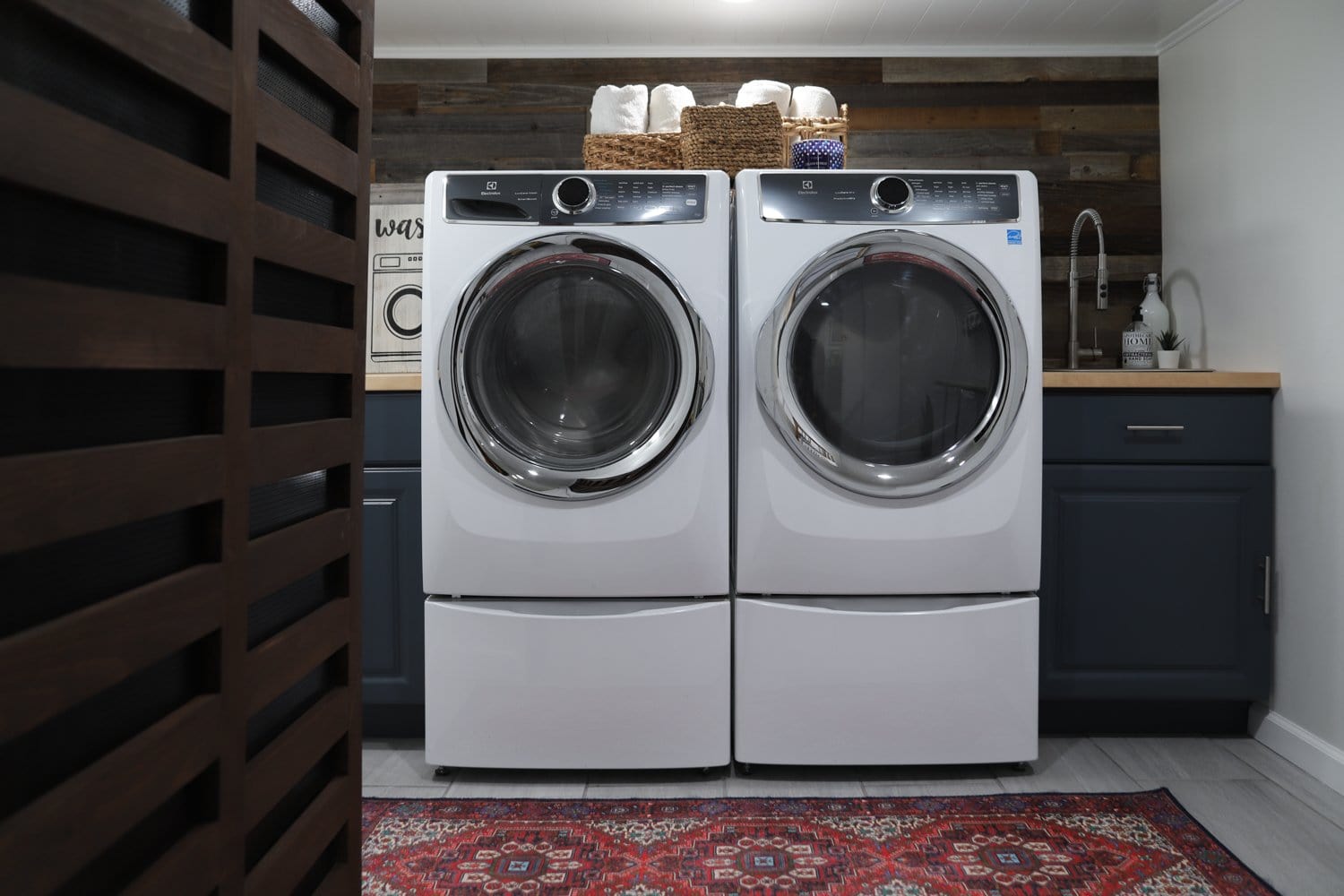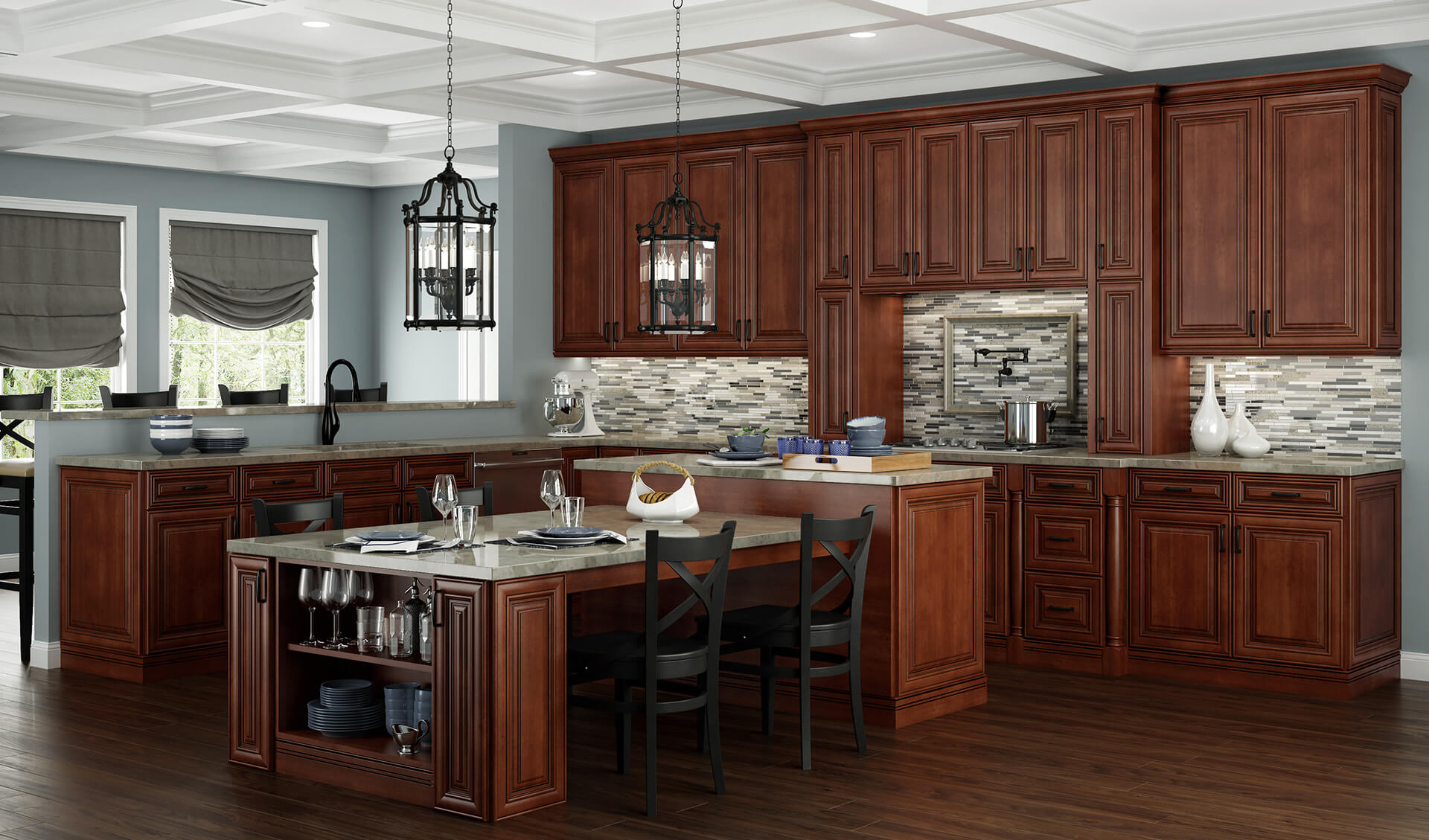
The first thing you need to do is turn off the power supply. This can be done by either turning off the switch at the wall or removing the cover or insert from the existing light fixture. The voltage tester on the existing light can be used to check the current and connect the wires. Insert the new wire in the old fixture. This is a relatively simple process, but it is important not to rush this step. The entire system could go wrong or be damaged if you do not take the time to complete it.
Once you've located a spot to install the motion sensors, the next step will be to connect it with an existing light. You will need an electrical box for the wall, and a wire to connect the sensor with the light fixture. You'll also need a wire from the light fixture and a neutral wire from the house. After that, adjust the motion detector's sensitivity to your preference. Once the sensor has been adjusted to the desired level, it can be turned on and off.

After you've established the correct voltage and current, you are able to attach the motion sensor to an existing lamp. The type and wattage the sensor requires will determine which wiring method you use. Before you attach the sensor, weatherproof the wiring and cables. This will help you avoid an electric accident which can be dangerous.
Once you know which wires are to be connected to the sensor, the switch can be pulled out of the wall. Before you install the sensor, you may need to trace the wires. This includes the black and neutral wires. You might also need to locate and connect the ground wire to the light fixture. To make sure that the wires are correctly connected, you can take a voltage tester with you.
You will need to ensure that the old fixture is properly wired before you replace it with a newer one. Some fixtures are not equipped with a motion sensor. If you're planning to install a new motion sensor, you'll need to be aware of the wiring. You should follow the instructions of the manufacturer when you install a new motion sensor.

Once you've chosen the right motion sensor for you, you will need to install it. Follow the instructions on the manufacturer's website or follow the steps in the manual. If you are replacing an outdoor lamp, you will need to first take out the existing fixture and then remove the insert. Once this has been completed, you are ready to wire the new fixture. A motion sensor is a cost-effective way to add security to your home.
FAQ
What should I do first in a house renovation?
The first step in fixing up a home is to get rid of any clutter. Next, you will need to eliminate mold, repair or replace any damaged walls, repaint your entire interior, and fix any leaky pipes. Finally, you need to clean off the exterior surfaces and apply fresh paint.
How can I prevent being scammed when renovating my house
Knowing what you're paying for is the best way to avoid being scammed. Make sure you read every word of the contract before signing it. Also, don't sign blank contracts. Always request a copy of any signed contracts.
Can you live in your house while it's being renovated?
Yes, I am able to live in a house and renovate it.
You can live in a house that is being renovated while you are renovating it. The answer depends on how long the construction work takes. If the renovation process takes less than 2 months, then your home can be lived in while it's being renovated. You can't live there if your renovation project takes more than two months.
There are many reasons why you should not live at home during major construction projects. You might be hurt or even die from falling objects on the site. The heavy machinery and noise pollution at the job site can also cause dust and noise pollution.
This is especially true when you live in a multistory house. In this case, the sound and vibration created by the construction workers might cause severe damage to your property and its contents.
You'll also need to cope with the inconvenience of living in temporary housing while your house is being renovated. This means you won't be able to use all the amenities in your own home.
When your dryer and washing machine are in repair, for example, you won't have access to them. In addition to the unpleasant smells of chemicals and paint fumes, you will have to endure the noises made by workers.
These factors can cause stress and anxiety in you and your family. Therefore, it is important to plan ahead in order not to feel overwhelmed by the situation.
When you decide to start renovating your home, it is best to do some research first so that you can avoid making costly mistakes along the way.
Also, it is a good idea to get professional help from a reputable contractor in order for everything to go smoothly.
How do you make a house look new?
These are the steps to follow when renovating your house without spending a lot of money.
-
Plan your budget
-
Learn what materials are needed
-
Decide where to put them
-
Make a list.
-
Determine how much money you have
-
Plan your renovation project
-
Get started on your plans
-
Do your research online
-
Ask family and friends for their help
-
Get creative
Do I need to hire an architect?
If you are planning to renovate your own home, it may be easier to just hire someone else to do the work for you. If you're looking to purchase a home, an architect or builder can help you achieve your goals.
How can I find a reliable contractor?
Ask your family and friends for recommendations when choosing a contractor. Check out online reviews. Check to make sure the contractor has experience with the type of construction you are looking for. Request references and make sure to verify them.
What is the average time it takes to renovate a house?
It all depends on how big the project is and how much time you spend each day. The average homeowner spends three to six hours each week working on the project.
Statistics
- ‘The potential added value of a loft conversion, which could create an extra bedroom and ensuite, could be as much as 20 per cent and 15 per cent for a garage conversion.' (realhomes.com)
- The average fixed rate for a home-equity loan was recently 5.27%, and the average variable rate for a HELOC was 5.49%, according to Bankrate.com. (kiplinger.com)
- They'll usually lend up to 90% of your home's "as-completed" value, but no more than $424,100 in most locales or $636,150 in high-cost areas. (kiplinger.com)
- A final payment of, say, 5% to 10% will be due when the space is livable and usable (your contract probably will say "substantial completion"). (kiplinger.com)
- On jumbo loans of more than $636,150, you'll be able to borrow up to 80% of the home's completed value. (kiplinger.com)
External Links
How To
How to renovate an older house
Before you start, it is essential that you decide which type of renovation project to undertake. This could include everything from simply updating your kitchen appliances to completely transforming the whole house into something new.
Once you've decided on the type of renovation that you want to do, it is time to consider how much money your budget allows you to spend. Sometimes, you might not have enough money to pay the full project cost. If this is true, you will need to make hard decisions about which areas you can afford to fix and which ones you won't.
You need to be sure that before you do any renovations you are aware of the following things. It is important to get all permits necessary for your job. You should check whether you are required to have planning permission to perform certain types of work. To add extensions to your home or make other changes, you might need building consent.
Before you begin to renovate your house, make sure to check with the local authority to confirm that they do not require additional permits. Also, check whether you need planning permission for each part of the house that you intend to renovate. You might also need to check with your insurance provider if you are undertaking major work such as installing a roof.
Next, you will need to decide on the tools and materials that are best suited for your job. There are many options, so take the time to thoroughly research them. Paint, wallpaper paste, carpets and tiles are some of the most commonly used items in renovations.
When choosing these items, remember to look at the quality of the product. Poor quality products can be expensive and last for a very short time. Good quality products, however, will last longer and provide more value for your money. You should only buy what you need when purchasing anything. It's important to not buy too much. You could waste valuable resources and end up with a lot of wasted material. Try to only buy what you actually need.
Once you have chosen the materials, it is time to plan where you will store them while you work on the property. If you're remodeling a large portion of the house, you may need to rent storage space to store your materials until you're ready for them to be returned inside. You can also ask family and friends to help move your items.